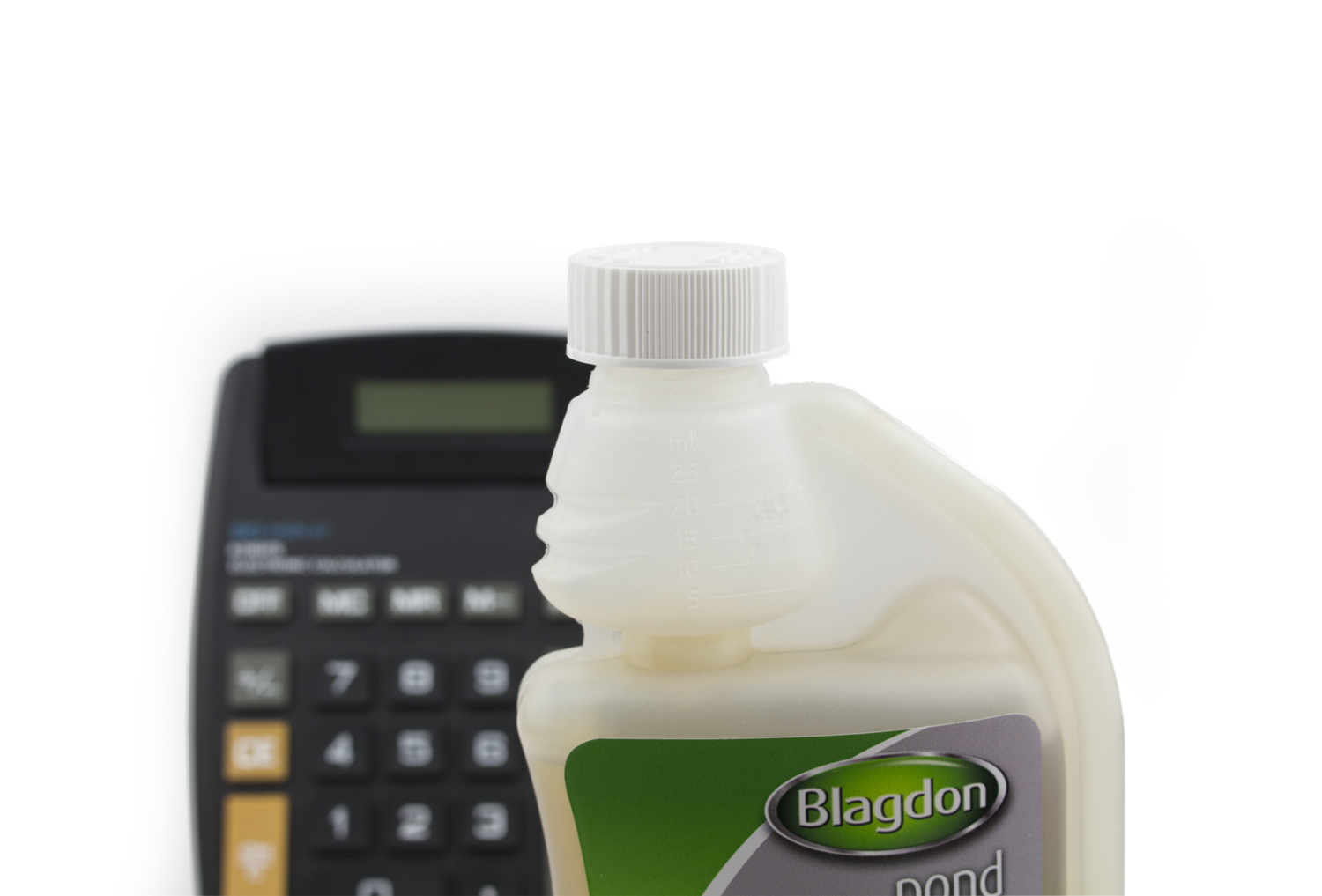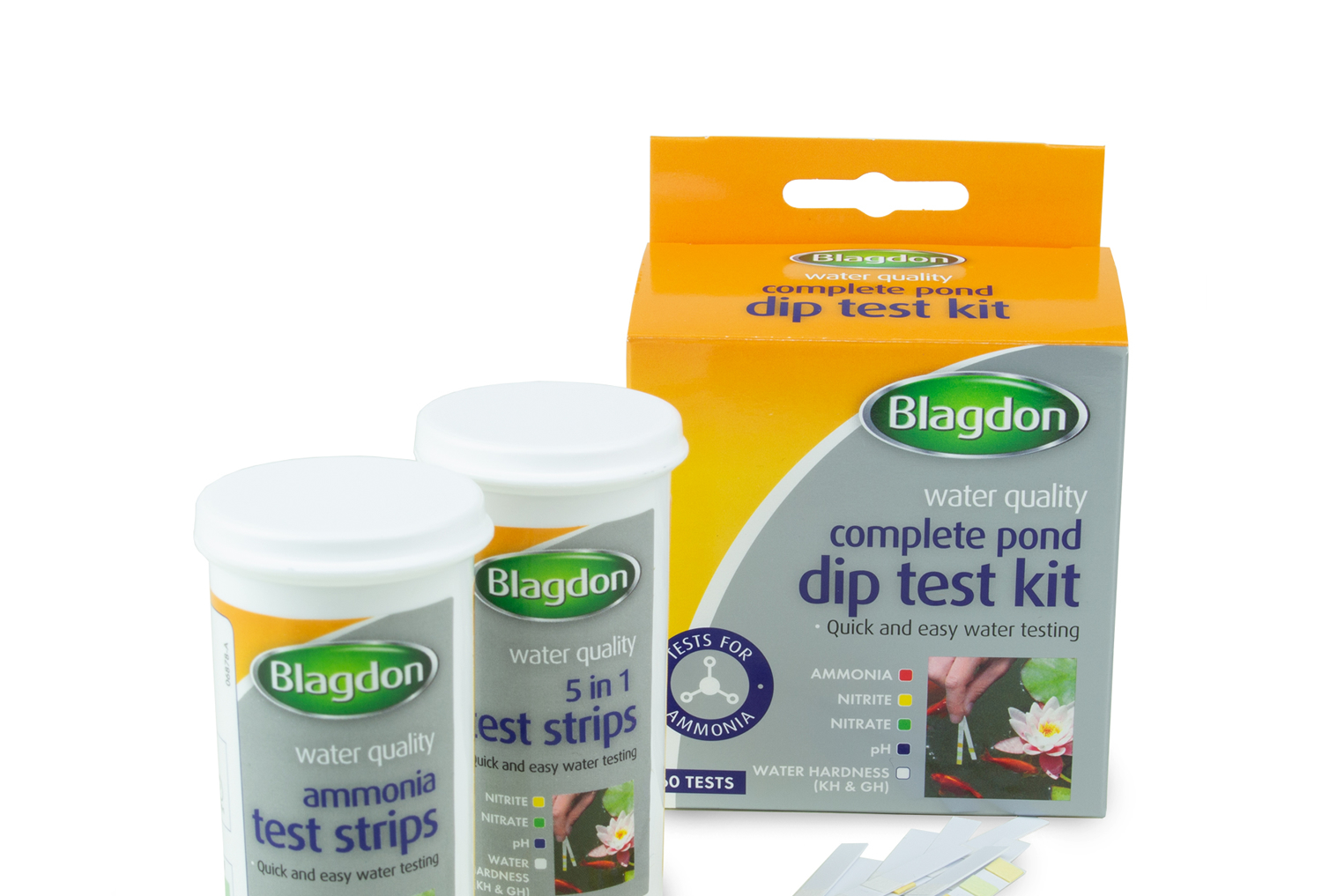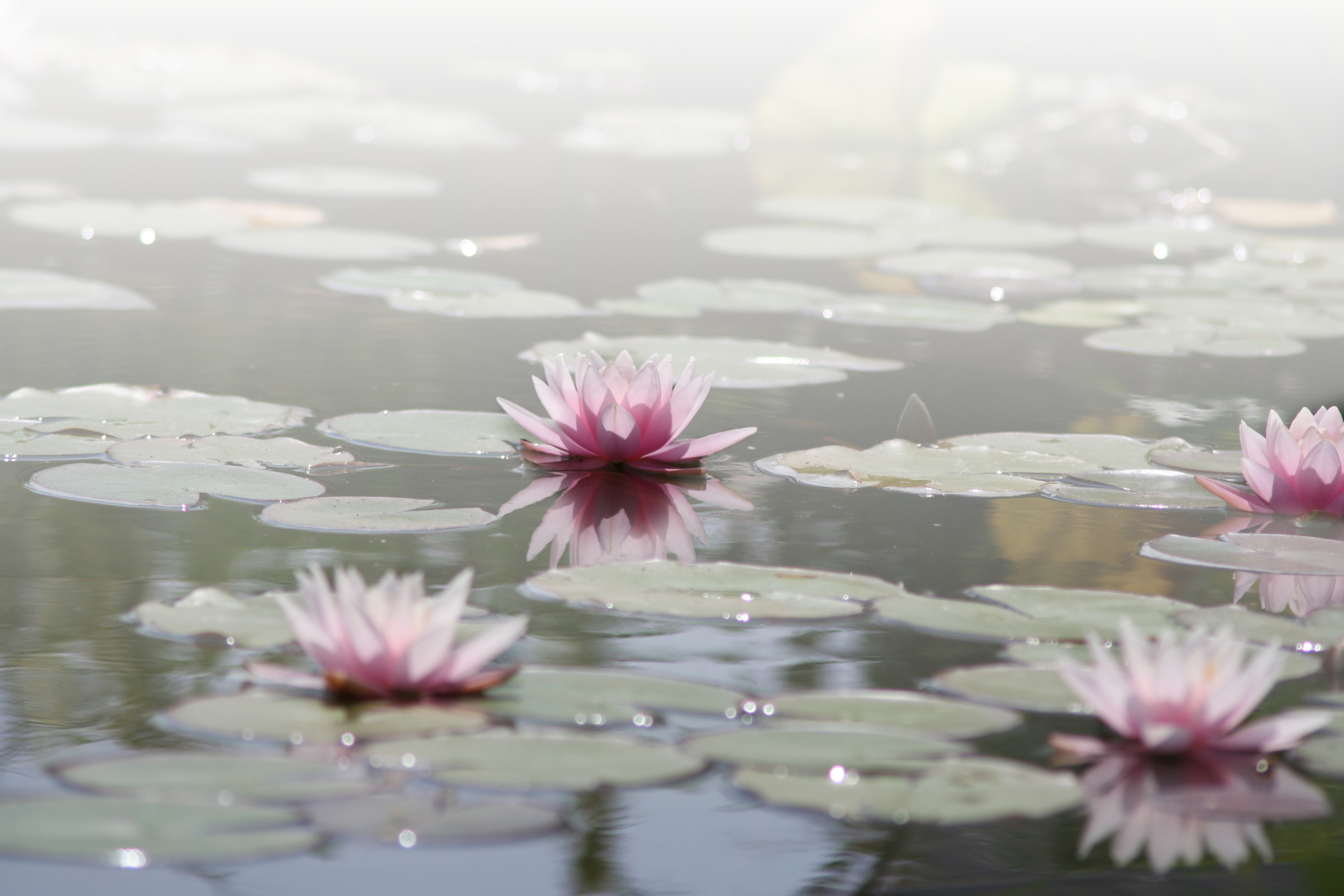How to treat Fungus and Bacteria in pond fish
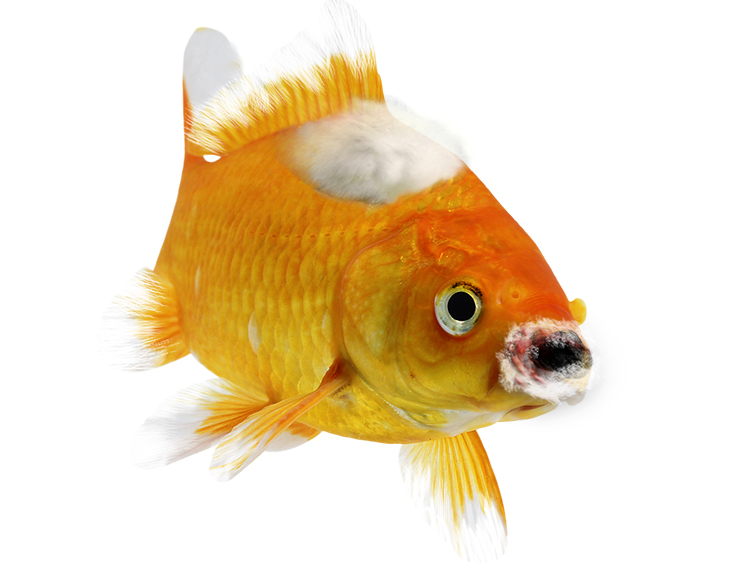
What does it look like?
- Blood streaked fins
- Frayed, tattered, ragged, split and 'fluffy' fins
- Head and mouth regions eroded or rotting covered with white cotton wool like growths
- Off white cotton-wool like tufts develop around the mouth fins and on the body
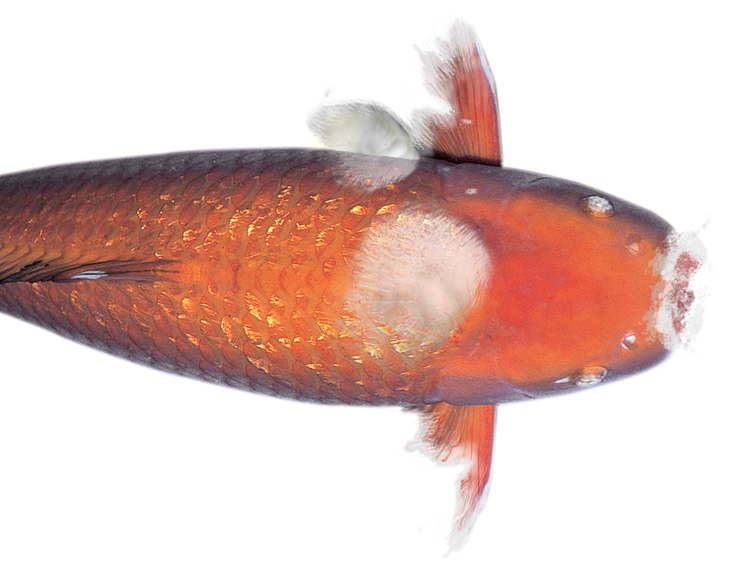
What are the fish doing?
- Clamped fins
- Motionless 'sulking' and appearing lethargic
- Not eating, lack of appetite, becoming thin or emaciated
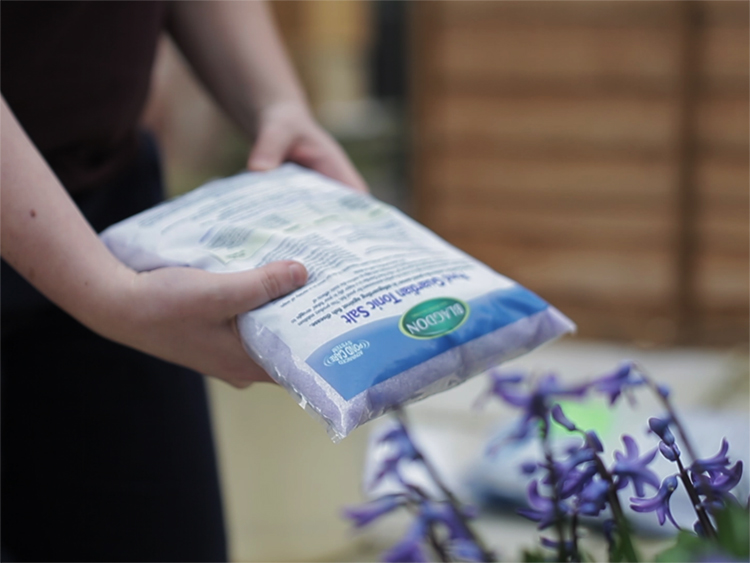
What should I do?
- Treat with your chosen treatment
- Increase aeration
- Support fish with Pond Guardian Pond Salt to help their immune system
- Test water for irregularities and treat accordingly
- Look for signs of aggression in the fish community which may have caused the damage opening the way for fungal infection
- Consider a course of Stress Away as a preventative to help fish cover after treatment
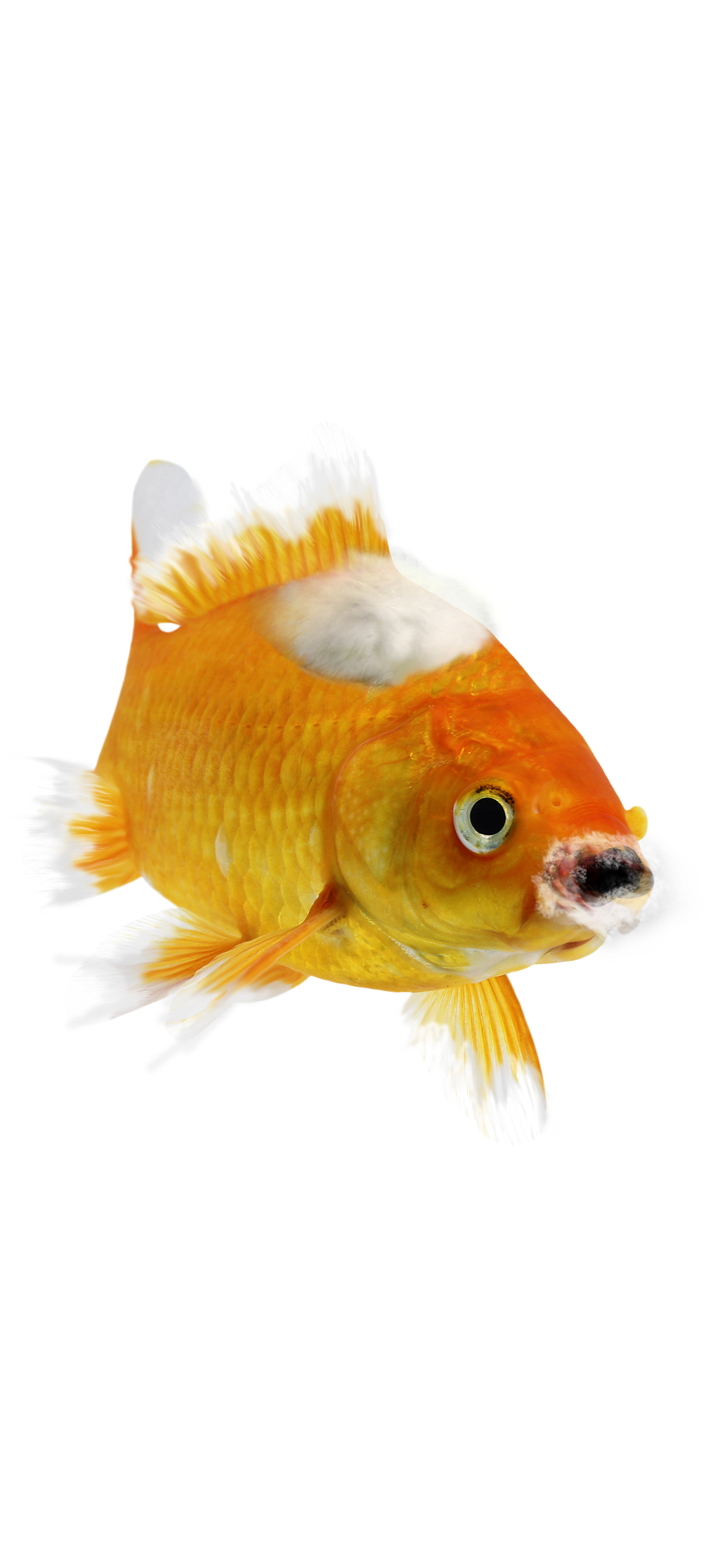
Why does this happen and how do I prevent it?
Disease causing bacteria and fungus are present in every pond environment (although specific species may be introduced by new fish or wildlife) but will rarely cause a problem with good water quality and happy healthy fish. Avoiding stress and keeping good water quality and low levels of waste/sludge in your pond is key to avoiding and treating fish infections. Test your water for abnormalities in ammonia, nitrate, nitrite, pH and correct if necessary.
Fungus and Finrot are often secondary infections of wounds on the fins or skin caused by :
- aggression from other fish in the pond
- damage caused by handling e.g. netting fish
- parasite infections cause skin irritation on the fish causing them to scratch and flick resulting in abrasions
Using Pond Guardian Pond Salt with your treatment will help your fish recover as it makes the essential processes fish use to maintain a stable internal salt content to stay alive far easier to manage.
You can also follow your initial treatment of Fungus and Bacteria with a dose of Stress Away to help the fish recover fully after treatment (refer to the product label for specific details)
Key areas to consider and regularly monitor to prevent outbreaks and aid recovery:
- complete regular maintenance
- regularly test water for abnormalities
- consider a quarantine before introducing new fish to an established community
- be aware of pollutants entering the pond through heavy rainfall, run off into the pond, wildlife and garden chemicals like pesticides
What treatment should I use?
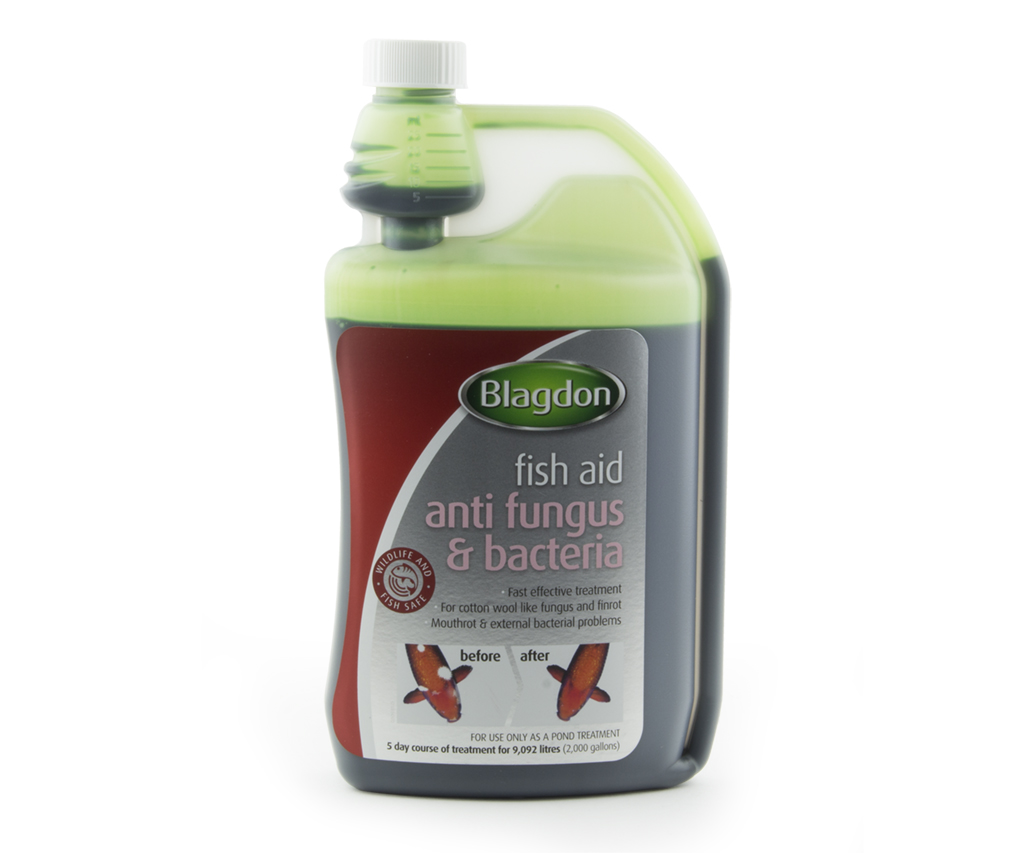
Blagdon Anti Fungus and Bacteria

Blagdon Extra Strength Anti Fungus & Bacteria
Use for ponds with Goldfish, Koi and Carp
Use with any of the above
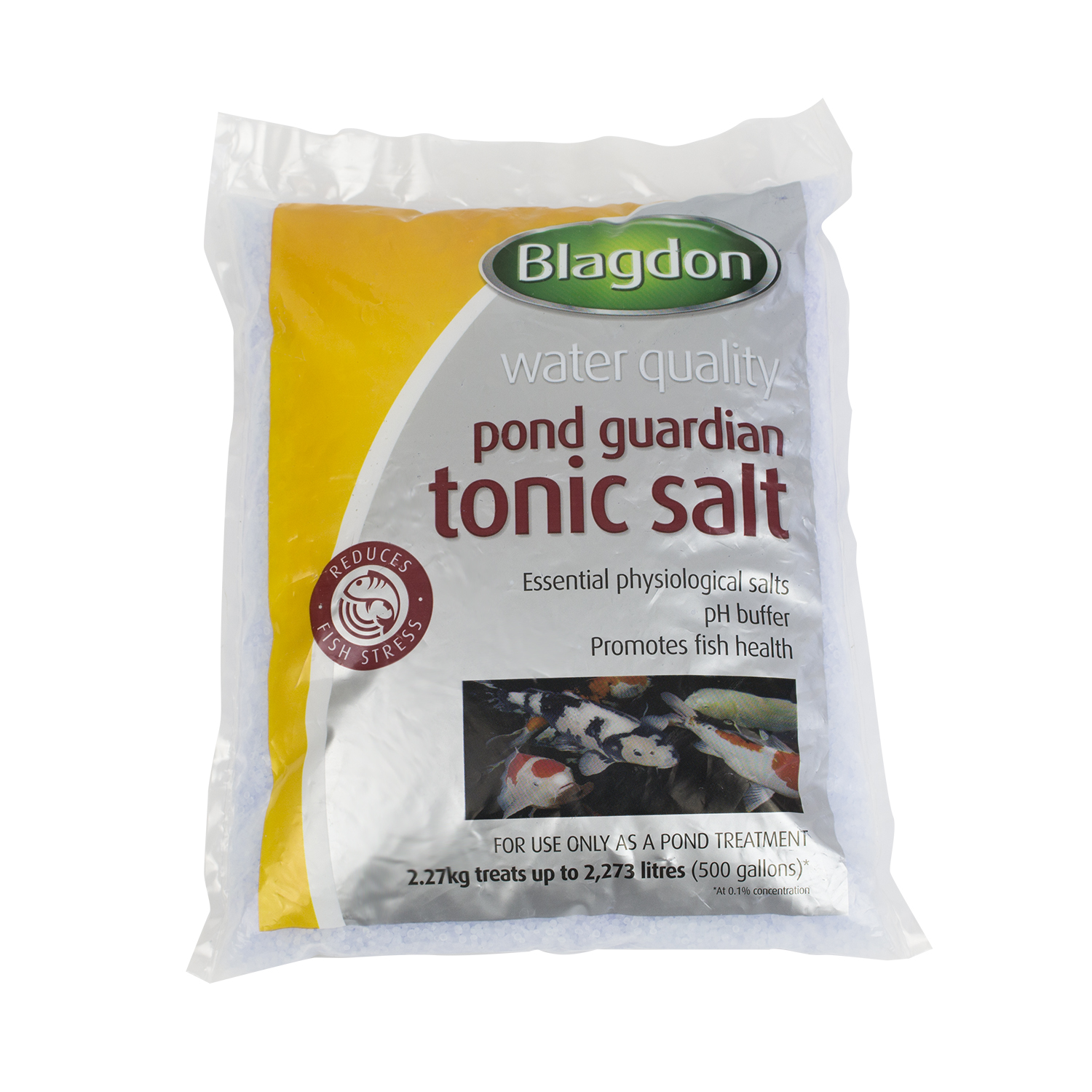
Blagdon Pond Guardian Pond Salt
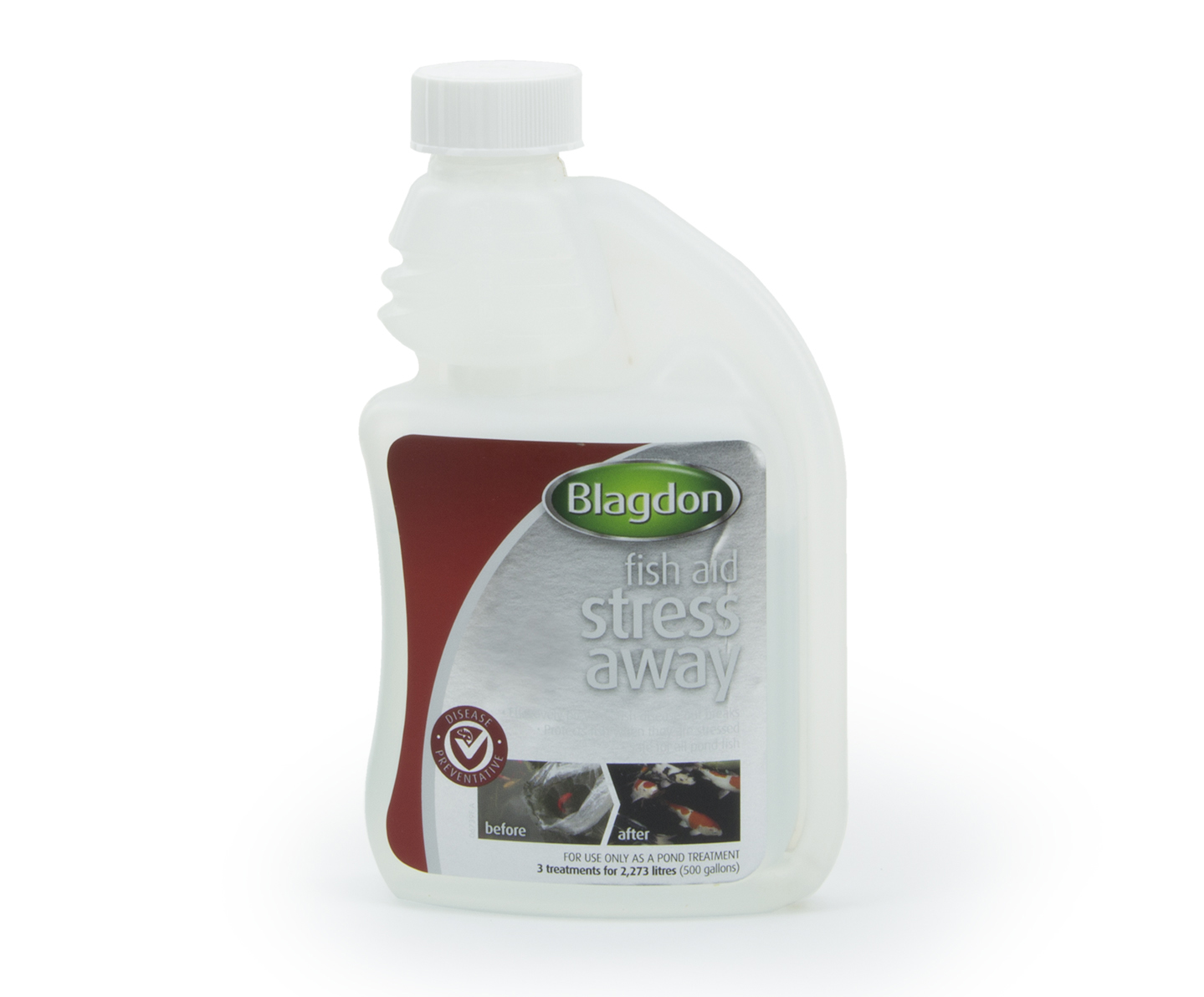
Blagdon Stress Away
Not what you are looking for? Back to Diagnose What's Wrong >


